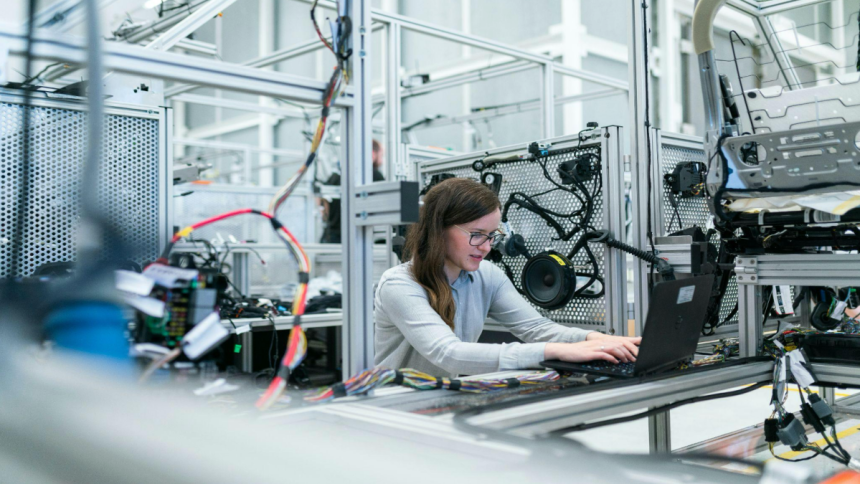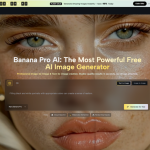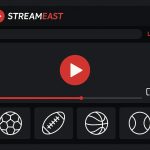The process of securing employment visas in the United States can vary widely depending on the industry. Some fields, particularly those requiring specialized skills or addressing critical labor shortages, tend to offer easier access to employment visas for immigration to the U.S. In contrast, other sectors, especially those associated with temporary or seasonal work, can be more difficult for foreign workers to navigate. Understanding these differences is key for professionals seeking opportunities in the U.S. and for businesses looking to hire international talent.
Industries with Easiest Access to Employment Visas
1. Technology and IT
The technology sector is perhaps the best-known industry for its access to U.S. employment visas, particularly the H-1B visa, which is designed for skilled workers in specialty occupations. The U.S. has long faced a shortage of qualified professionals in fields like software development, data science, and cybersecurity, leading to a strong demand for foreign workers.
Tech giants such as Google, Microsoft, and Facebook have consistently sponsored thousands of H-1B visas each year, as the industry continues to grow rapidly. The H-1B visa is capped at 65,000 new visas each fiscal year, with an additional 20,000 for applicants with advanced degrees from U.S. institutions. Despite this cap, the tech industry often finds itself at an advantage because many companies have the legal resources and knowledge to navigate the visa process efficiently.
In addition to the H-1B, certain tech professionals may also qualify for O-1 visas, which are designated for individuals with extraordinary ability or achievements in their field. This visa is less common than the H-1B but can provide a faster path to entry for those who meet the requirements.
2. Healthcare (Especially Physicians, Nurses, and Specialists)
The U.S. healthcare industry also has relatively easy access to employment visas due to the country’s ongoing shortage of qualified medical professionals. Physicians, nurses, and other healthcare specialists are in high demand, particularly in underserved areas where U.S.-trained professionals may be in short supply.
For example, many foreign physicians come to the U.S. under the H-1B visa, as well as the J-1 visa for exchange visitors. For nurses, the EB-3 visa is a popular option for permanent residency (green card) sponsorship. This visa category is for skilled workers, professionals, and other workers, and healthcare employers often sponsor foreign nurses for this type of visa.
Furthermore, healthcare workers, especially during and after the COVID-19 pandemic, have been recognized as essential, which has made it easier for visa petitions to be approved and expedited. The demand for healthcare workers is expected to continue rising, making this a promising field for foreign workers seeking U.S. employment.
3. Higher Education and Research
Universities, research institutions, and nonprofit organizations also have relatively easier access to U.S. employment visas. Professors, researchers, and scholars from around the world are regularly employed by U.S. institutions under the H-1B visa, and because these employers are often exempt from the H-1B cap, they can apply for visas year-round.
In addition, the J-1 visa is commonly used for exchange visitors, including researchers, professors, and scholars who come to the U.S. for temporary assignments. For individuals with extraordinary ability in their field, the O-1 visa can be a pathway to employment as well, especially in research roles where specialized expertise is required.
4. Engineering
The engineering sector, particularly in specialized areas such as civil, mechanical, and electrical engineering, continues to experience high demand for skilled professionals. The H-1B visa is the primary option for foreign engineers, and like the technology industry, many companies in this field are well-versed in the visa application process.
In addition to the H-1B, engineers with advanced degrees may qualify for the EB-2 visa, which is for professionals holding advanced degrees or with exceptional ability in their field. This visa can lead to permanent residency, making it an attractive option for foreign engineers.
5. Finance
While the financial services industry is competitive, certain roles such as financial analysts, investment bankers, and economic specialists often have access to visa sponsorship through the H-1B program. Financial institutions in major cities like New York and Chicago regularly hire international talent, particularly for positions that require specialized skills in global markets and investment strategies.
Industries with Hardest Access to Employment Visas
1. Hospitality and Retail
The hospitality and retail industries tend to face more challenges when it comes to employment visas, primarily because many roles in these sectors are considered less specialized. The H-2B visa, which is for seasonal non-agricultural workers, is one option for foreign workers in hospitality, but it is capped at 66,000 visas per fiscal year and is often highly competitive.
Additionally, many positions in these industries are considered temporary or seasonal, making it difficult to secure long-term visa sponsorship. The J-1 visa may be used for hospitality internships or training programs, but long-term employment opportunities through this route are limited.
2. Construction
The construction industry faces similar challenges to hospitality and retail when it comes to visa sponsorship. While there is a demand for workers in this field, many roles are categorized as lower-skilled and temporary, making it harder to qualify for long-term employment visas like the H-1B.
The H-2B visa is an option for temporary construction work, but again, the cap and the temporary nature of the visa make it difficult for workers to transition to permanent residency.
3. Agriculture
The agriculture industry relies heavily on temporary labor, and the H-2A visa program is specifically designed for seasonal agricultural workers. While the H-2A visa allows for temporary employment, it does not provide a pathway to permanent residency, making it challenging for foreign agricultural workers to secure long-term employment in the U.S.
4. Arts and Entertainment (Non-Specialized)
The arts and entertainment industry can be a challenging field for foreign workers unless they are recognized as having extraordinary talent. The O-1 visa is available for individuals with exceptional ability in fields like music, film, and sports, but it requires significant proof of accomplishments.
For less specialized roles in the entertainment industry, it is much harder to secure visa sponsorship. The P-1 visa may be available for athletes and entertainers, but this too is contingent on a high level of recognition and achievement.
5. Transportation and Logistics
Finally, the transportation and logistics industry, particularly for roles like truck drivers and delivery personnel, faces limited access to long-term employment visas. Many of these positions are categorized as lower-skilled, and while the H-2B visa is available for temporary work, it is difficult for workers in this sector to secure permanent residency.
Conclusion
The ease or difficulty of securing U.S. employment visas depends largely on the industry, the specialization of the role, and the type of visa being pursued. Highly skilled professionals in fields like technology, healthcare, and engineering tend to have the easiest access to employment visas, while workers in less specialized industries, such as hospitality, retail, and agriculture, face more significant challenges. For foreign workers and employers alike, understanding these dynamics can help navigate the complex U.S. immigration system more effectively.
Lynn Martelli is an editor at Readability. She received her MFA in Creative Writing from Antioch University and has worked as an editor for over 10 years. Lynn has edited a wide variety of books, including fiction, non-fiction, memoirs, and more. In her free time, Lynn enjoys reading, writing, and spending time with her family and friends.















